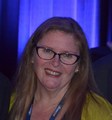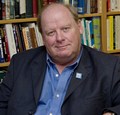YOUTUBE VIDEO: "What will you do differently when you leave this room?" – during his keynote address at Stormwater 2016, Kim Stephens challenged Australian water resource practitioners to 'convene for action'

“BC and Australia are on parallel journeys, but our pathways to a water-resilient future differ. Still, by sharing and comparing, we can inspire each other. Also, we can learn from each other’s experience to avoid going down dead-ends,” stated Kim Stephens. “In embarking on the journey to a water-resilient future, we can learn from our ancestors. The foundation for cathedral thinking is a far-reaching vision, a well thought-out blueprint, and long-term implementation.”










